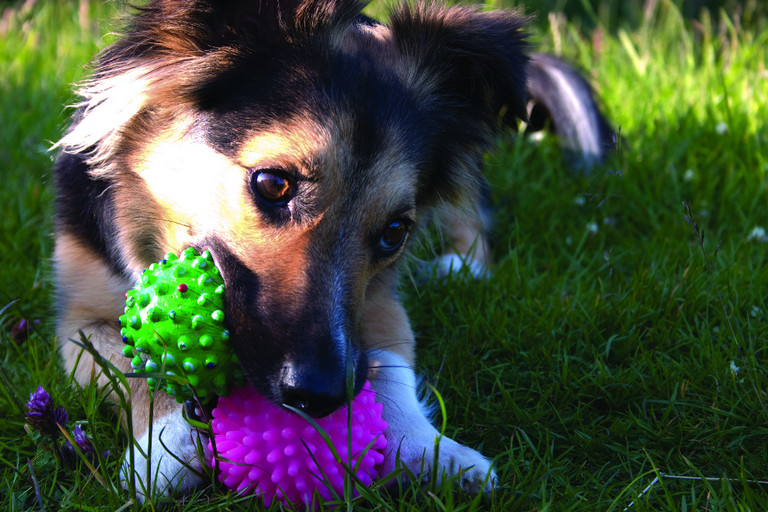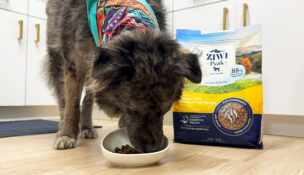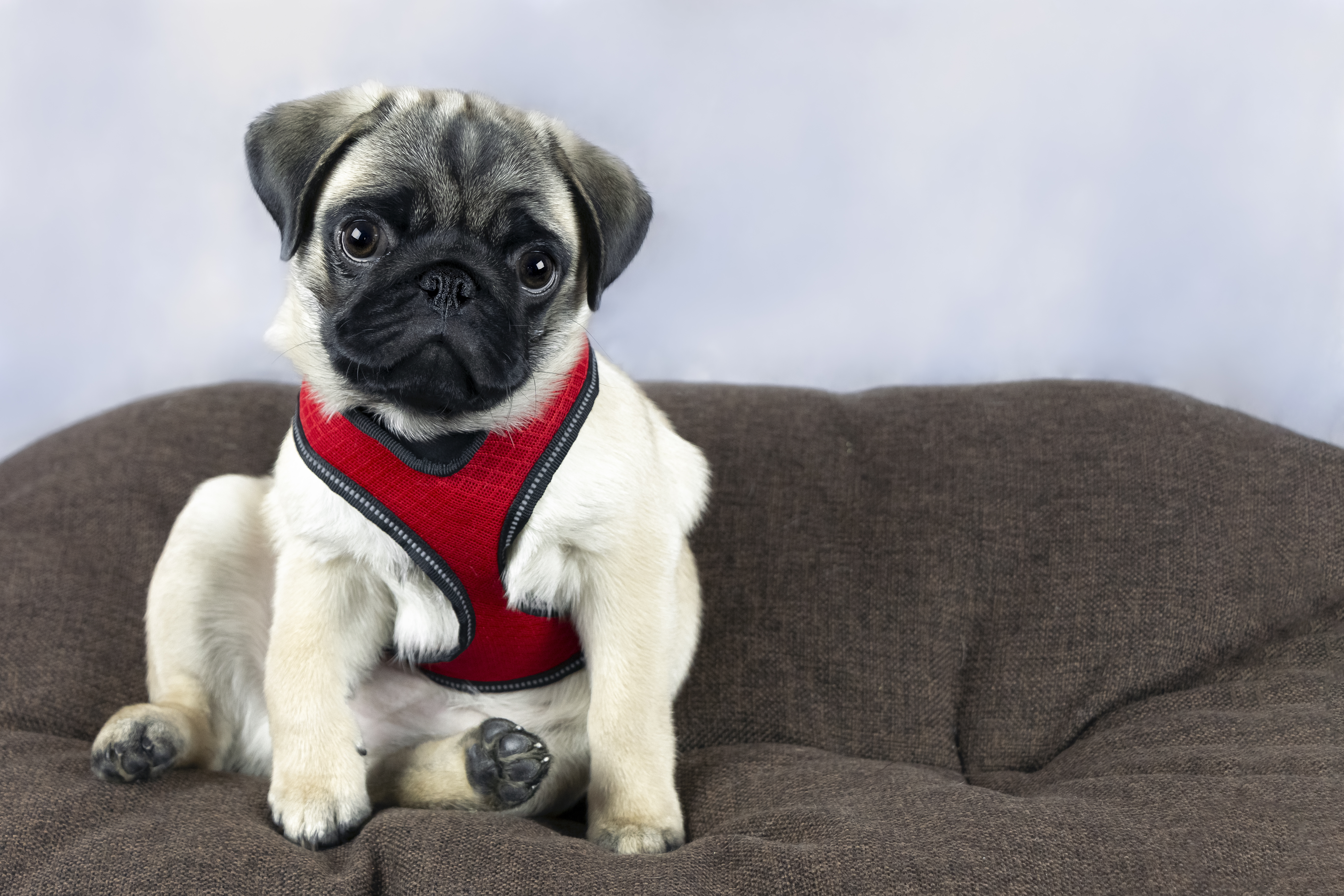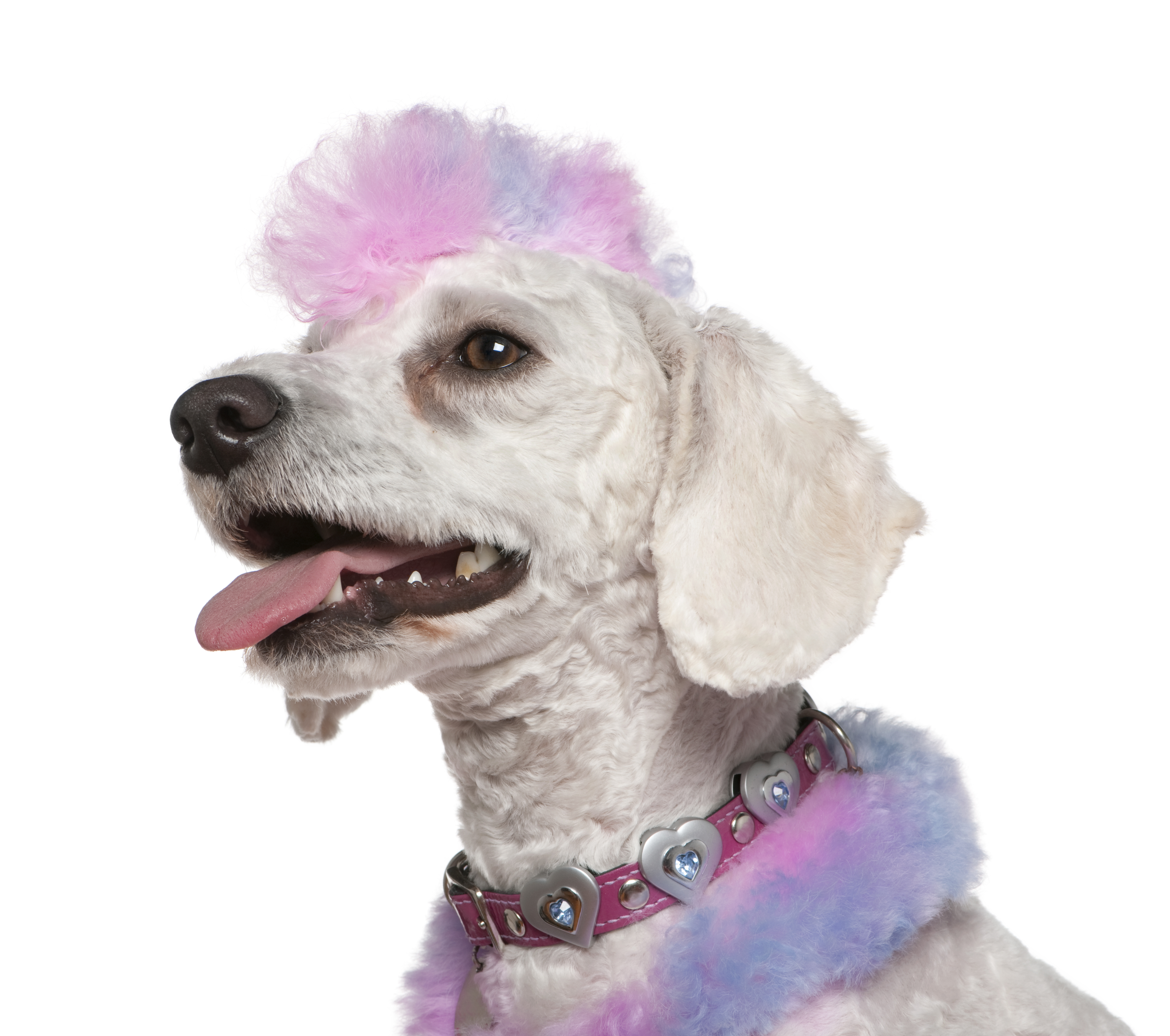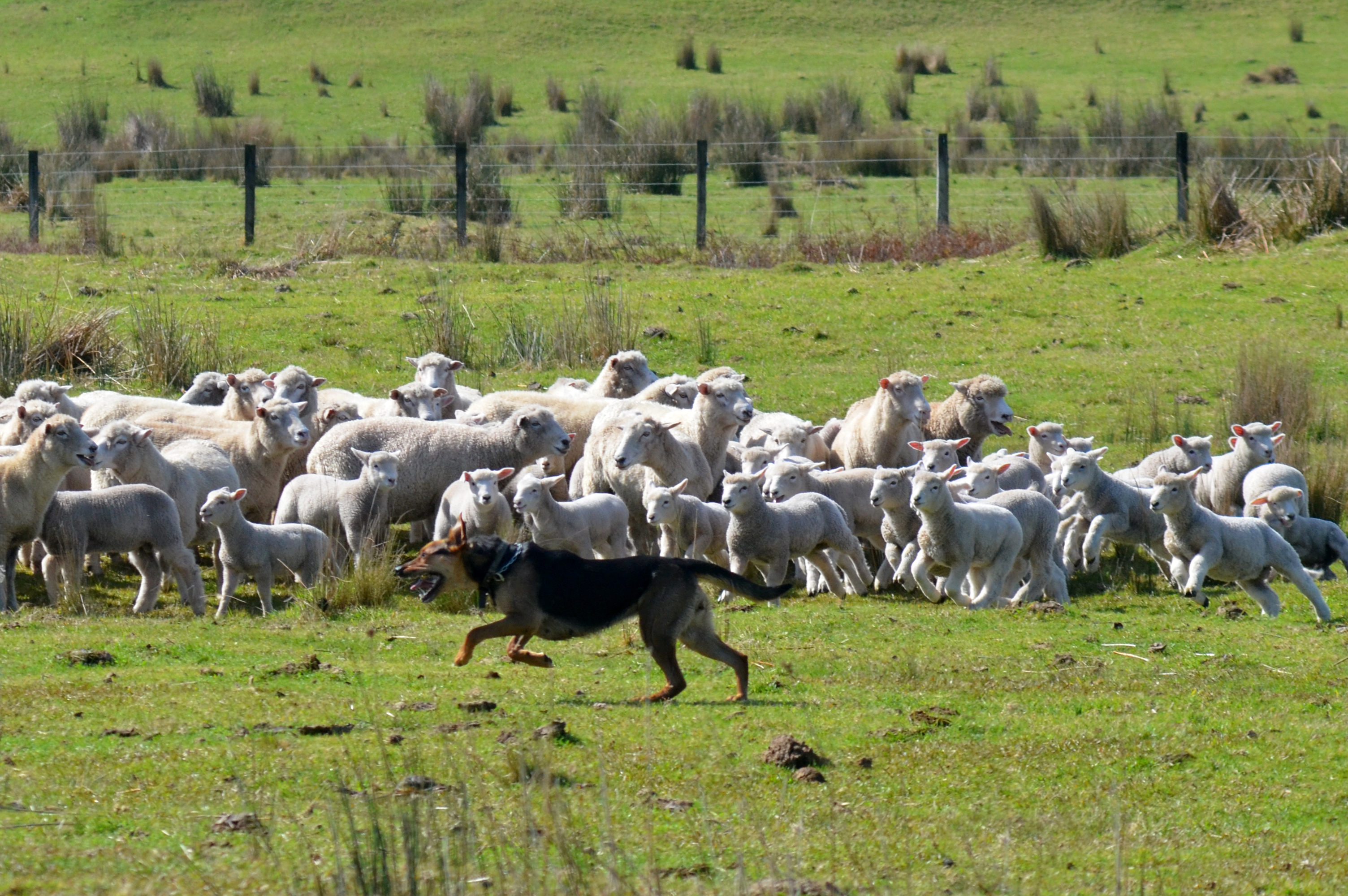Solving Common Puppy Problems
Maggie Marton //February 10, 2014//
Puppy owners want products to help get their puppy off to the right start, such as solutions-based products, like items for chewing, potty training and safety.
Many puppy owners are also first-time dog owners who require guidance in choosing the right mix of products. 
Jason Hart, director of marketing at PetSafe, sees the pet industry’s mega-trends affecting the puppy products category.
“The trends driving development in the puppy arena are the same as what is driving innovation across dog products, which is a combination of shifting towards smaller dogs, indoor dogs and the continued humanization of pets,” he said.
In addition to staple products like food dishes and collars being manufactured from sustainable materials, the toy category is benefiting from the shifting trend toward natural or holistic products. Because many pet owners are concerned about their puppy ingesting parts of toys, nontoxic puppy products are becoming increasingly popular.
Sarah Fuller, owner of NoPo Paws in Portland, Ore., sees similar trends in her store.
“I am seeing trends toward more natural puppy products, which follows the growth of the natural pet product industry overall,” she said. “I’m seeing lots of new toys from recycled or sustainable materials. Boiled wool is a hot one right now and is fantastic for puppies as it’s not as easily destroyed as many cotton toys.
“My customers are often searching for products to keep their puppies out of trouble but that are also safe. They want a toy that will keep their puppy entertained but they also want to know it’s not full of chemicals that ultimately will harm him or her. I like to recommend products like West Paw Design Zogoflex toys. The toys are incredibly durable, come with a replacement guarantee and are certified non-toxic.”
Additionally, activity toys perform well in the puppy category because owners want to keep their puppies busy, instead of chewing on household items like the sofa. Plus, puppy owners seek out products to assist in training and socialization.
“I also receive a lot of requests, especially in the rainy climate we live in, for toys that will assist in the training process and help expend energy when the weather prevents several daily walks,” Fuller said. “Fortunately, we have seen tons of new product development in terms of ‘puzzle’ toys for dogs. Nina Ottoson and Kyjen make fantastic puzzle toys. I often recommend these types of products for indoor brain exercise and as a part of a training program that includes daily walks and training sessions.”
The shift toward natural products reaches into puppy grooming as well.
“Pets are part of the family and pet parents are investing further in their pet,” Steven Shweky from Fetch…for pets! said. “More and more, they want to provide a healthy start in life to the newest member of their family. Therefore, they are looking to natural products. As a result, there has been an increase in demand for natural and organic products.”
He cites the Burt’s Bees Natural Pet Care line, which features two products designed with puppies in mind, the 2-in-1 Shampoo and Conditioner and the Tearless Shampoo, both of which are gentle products with no parabens, phthalates, petrochemicals, synthetic fragrances or sulfates.
Likewise, Carlos Zamora, marketing coordinator at SynergyLabs, noted the same trend.
“It seems that organic and natural puppy shampoos are on the rise due to increased demand in the last year,” he said. “Now, natural products like Richard’s Organics by SynergyLabs have become a lot more competitive.”
Further, according to Zamora, puppy formulations, products with ingredients designed specifically for puppies, are popular among puppy owners.
“When we manufacture puppy products we just don’t replicate the same ingredients from those of a dog product,” Zamora said. “All puppy product ingredients are well researched in order to maximize its results. For example, there are some ingredients that will dry a puppy’s delicate skin or cause irritation.”
Education Is Key
Shweky said retailers should, “educate customers on the significance of using gentle products that are specifically formulated for puppies.”
Because many puppy owners are first-time dog owners, this education can spell the difference between making a sale and a confused costumer leaving the store.
“Be your own product advocate,” Zamora said. “Pet parents prefer to know you’ve tried a product first before you sell it.”
Within the store, merchandize puppy products together to help new owners navigate product choices.
“Within toys, I recommend creating a puppy section which would include all puppy-related toys,” Hart said. “This makes is easier for consumers to shop and ensures they get the right product for their pet. Retailers should also keep in mind that puppy owners in many cases will be first time dog owners and may be nervous about what to buy. It can be very helpful to provide educational signage to help guide puppy owners in their purchase.”
He also said retailers need to understand their consumer by finding out information about the kind of puppy they’ve added to their family, their living arrangements, for instance, if they have a yard, and the puppy’s schedule.
“The more they understand the consumer, the better they can provide strong solutions,” he said.
Because the puppy category is saturated, success requires retailers to offer on-trend products, while guiding puppy owners to choose the right mix of items.
